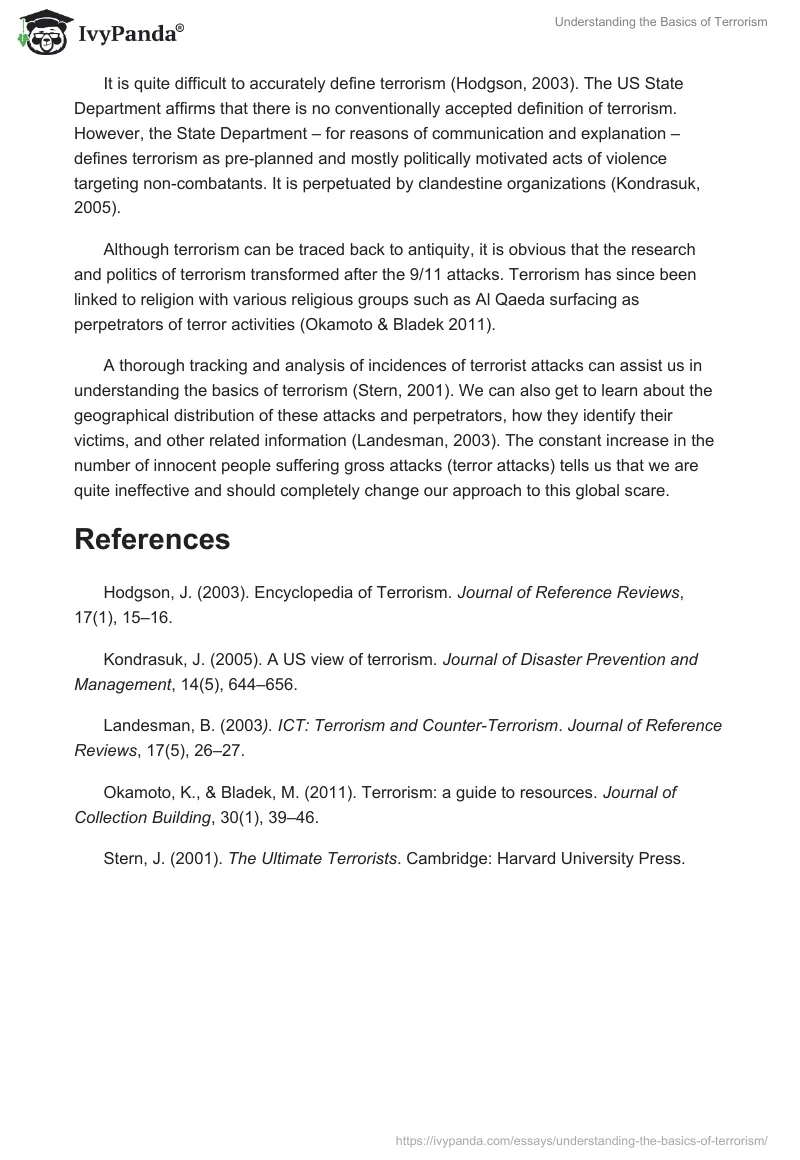In the dark woods, on one side of the railway line, there is a group of three people busy finalizing the plans for their intended activity. One of them is on his knees and the others are busy fitting a load on his back. The person kneeling is mumbling words that make him sound as if he is praying. On the other side of the rail is another man lying flat on the ground with a sniper rifle in his hands ready to wreak havoc. The woods are very chilly and dark. Their previous intended attack on a passenger train headed for Cincinnati was aborted due to fear of being spotted while escaping. Today, they have just found the perfect spot.
It is approximately five minutes before the train passes by. One of the persons working on the suicide bomb pulls a final tag then hands over the switch to the freaked-out fellow. The man holds the switch feebly. To strengthen his spirit, one of the men standing on his left squats and whispers into his ear. The man nods in a manner suggesting that he is compliant. He is probably being reminded of his heroism and the awaiting eternity if he accomplishes the mission.
Suddenly, the ground begins to shake. This is a sign that the train will be here soon. The group of three persons including the one ‘headed for the slaughter’ move closer to the edge of the woods. They settle some five meters away from the railway line, lying flat on their bellies. With the switch tightly between his palms, the intended suicide bomber is visibly trembling. He is trembling not because of the cold but because of the matter at hand. He is visibly cursing why he had to do this. Finally, the head of the long and winding train appears. The train’s motion is slowed by the hilly terrain.
The terrorists remain silent until half of the train passes then suddenly the man with the switch springs up, jumps into the slow-moving train, and fits himself in a space between two carriages. The remaining terrorists do not wait to hear the sound of their poor colleague shouting ‘Allah Akbar’. In a matter of seconds, it is done and the massacred train is in flames lying on its side. The sight of the damaged train and the lives lost was very horrendous. The other man with the sniper rifle picks himself up and carefully clears out of sight. He did not need to shoot the man since he had done what was required of him. His only duty is to deal with an attempted last-minute pullout.
It is quite difficult to accurately define terrorism (Hodgson, 2003). The US State Department affirms that there is no conventionally accepted definition of terrorism. However, the State Department – for reasons of communication and explanation – defines terrorism as pre-planned and mostly politically motivated acts of violence targeting non-combatants. It is perpetuated by clandestine organizations (Kondrasuk, 2005).
Although terrorism can be traced back to antiquity, it is obvious that the research and politics of terrorism transformed after the 9/11 attacks. Terrorism has since been linked to religion with various religious groups such as Al Qaeda surfacing as perpetrators of terror activities (Okamoto & Bladek 2011).
A thorough tracking and analysis of incidences of terrorist attacks can assist us in understanding the basics of terrorism (Stern, 2001). We can also get to learn about the geographical distribution of these attacks and perpetrators, how they identify their victims, and other related information (Landesman, 2003). The constant increase in the number of innocent people suffering gross attacks (terror attacks) tells us that we are quite ineffective and should completely change our approach to this global scare.
References
Hodgson, J. (2003). Encyclopedia of Terrorism. Journal of Reference Reviews, 17(1), 15–16.
Kondrasuk, J. (2005). A US view of terrorism. Journal of Disaster Prevention and Management, 14(5), 644–656.
Landesman, B. (2003). ICT: Terrorism and Counter-Terrorism. Journal of Reference Reviews, 17(5), 26–27.
Okamoto, K., & Bladek, M. (2011). Terrorism: a guide to resources. Journal of Collection Building, 30(1), 39–46.
Stern, J. (2001). The Ultimate Terrorists. Cambridge: Harvard University Press.


